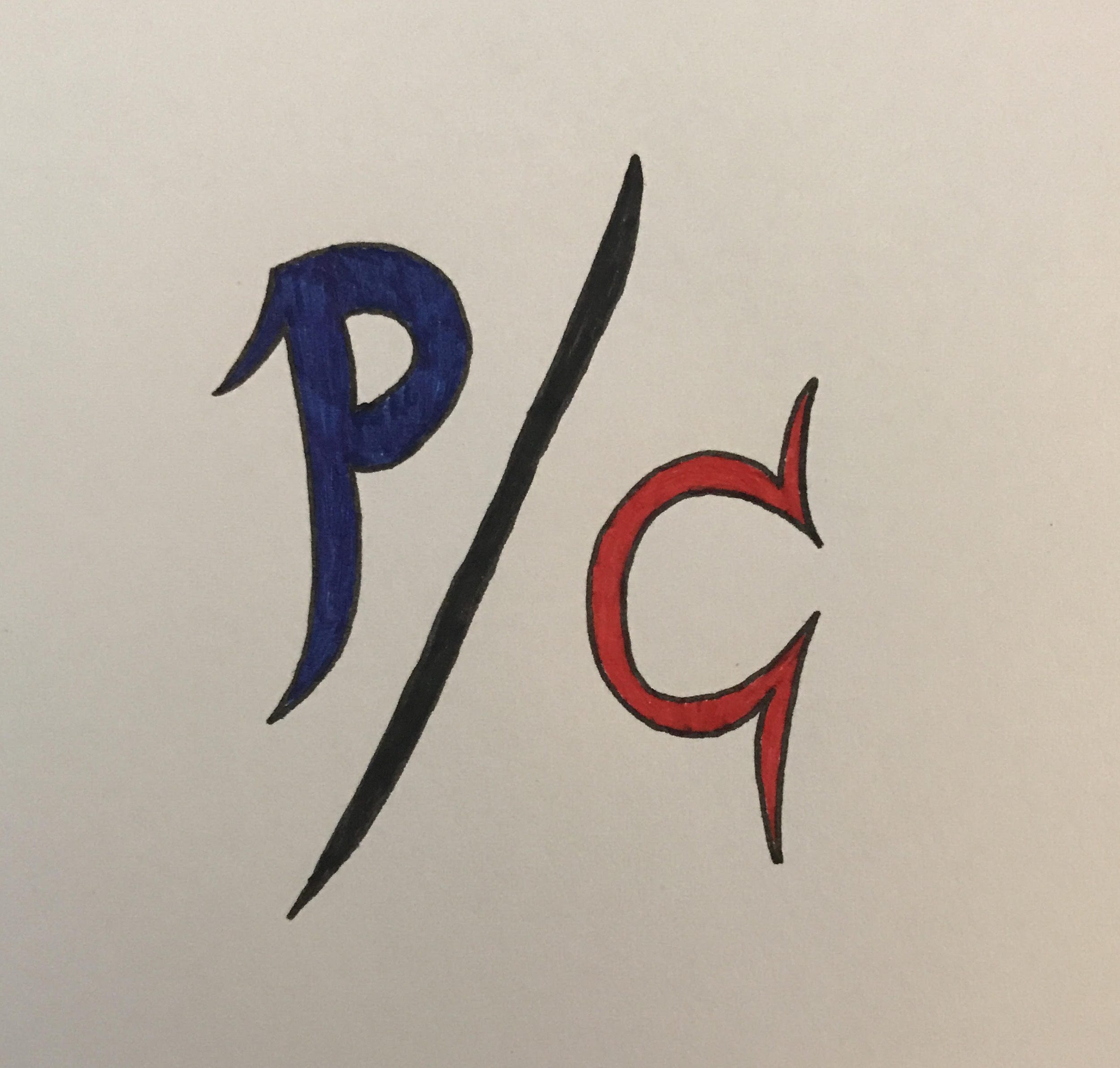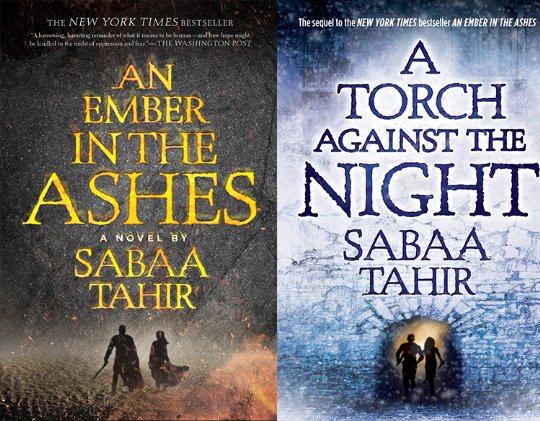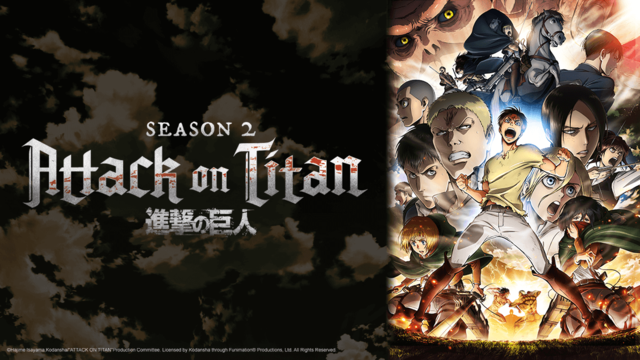I came out as gay when I was fourteen years old, at a high school where my graduating class size was thirty students, where my hometown’s population was between 800 and 900 people, where the landmarks were churches and silos and cornfields. I was very fortunate to have a family and a friend group accepting of me, but realizing you are different from the majority is a disorienting experience; in a claustrophobic environment like my hometown, it often felt suffocating, all eyes on the gay kid. While I realize now that wasn’t the case, the music that helped me come to terms with that perspective still resonates with me. I’ll be breaking from my normal ten song format and will be sharing five albums that helped me through the coming out experience.

The Fame–Lady Gaga
Although I knew I was attracted to the male gender by the time I was in sixth grade, I didn’t face that fact until the beginning of my freshmen year of high school. Something had shifted over the summer and I felt out of place amongst my classmates, more awkward and gangly and emotionally confused, and wasn’t sure how to find my place. I was an outsider suddenly, and when rumors of my sexuality began to circulate, I felt even more like I’d been sent to some other planet. One of the first friends I came out to introduced me to Lady Gaga and her debut album The Fame, and I’m not sure she realized how much discovering this new pop star helped me. Avant-garde and unafraid to push boundaries in her imagery, Lady Gaga was an example for me that somewhere, maybe in an alternate universe or maybe even in the Billboard Hot 100 charts, the different kids were the cool kids. I learned the choreography to “Poker Face” and its iconic video; “LoveGame”‘s lyrical teases and unabashedly sexual video showed gay underground culture and, more importantly, the biggest pop star in the world at that moment kissing another woman; the title track fed into my fantasies of escaping a small town and finding glamour and success. Most of all, though, she gave me a mantra that got me through my coming out process, a bit of life advice disguised as a candied pop hook: “Just dance, gonna be okay.”

Jagged Little Pill–Alanis Morissette
When I came out to my mom near the beginning of November of 2008, she showed me two pieces of entertainment art that helped me come to terms with my confusion and sense of not belonging: My So-Called Life, the seminal teen drama starring Claire Danes (which is still one of my favorite shows of all time), and Alanis Morissette’s Jagged Little Pill. A classic singer-songwriter album, Jagged Little Pill is probably most remembered for “You Oughta Know”, the perfect kiss-off track (and supposedly about Uncle Jessie from Full House!), but its legacy is much more than just a prime example of the “angry female singer” movement of the ’90s. A thoughtful and funny and, yes, angry reflection on Alanis Morissette’s life, the singer explored parental disappointment (“Perfect”), insatiable desire (“All I Really Want”), and the troubling but necessary way life sends us signals (“Ironic”, which has one of the best music videos). It was an affirming album for me, one that acknowledged it was okay to be lost and upset in life, and I still find myself turning to it in times of drifting wistfulness.

Faith–George Michael
A way that people find belonging is by searching for people that are the same as them, even if it’s not anyone we know personally. While today’s music scene has seen a flux of LGBT artists (the aforementioned Lady Gaga, Halsey, Sam Smith, Perfume Genius, Troye Sivan, Courtney Barnett), in 2008 it was more limited. While 1987’s Faith was not released while George Michael was openly gay, in retrospect it seems his experience as a homosexual man colored much of the album’s content. There’s a general theme of liberation that plays through many of the songs: turning away from an unreliable lover on “Faith”, the sexual proclamations of “I Want Your Sex”, and shaking off emotional baggage in “Monkey”. Perhaps more powerful, though, are the moments punctuated by longing: the freeing power of love in “Father Figure”, the desperation to care for someone else better than their current lover is in “Look At Your Hands”, and the funky and sexy demand for a break in “Hard Day”. Faith depicts the experience of a gay man as three-dimensional, and being able to witness that as a young gay kid was a form of liberation in itself.

Brand New Eyes–Paramore
The cover of Paramore’s third album Brand New Eyes consists of a butterfly, its wings torn from its body, each separate piece of its anatomy pinioned to some sort of board. While Paramore’s second album Riot! was full of power pop and an adolescent yearning (see: “That’s What You Get”), Brand New Eyes’ sound, like its cover, saw the band in a more aggressive light, tearing into rougher riffs and bigger percussion and the always exceptional vocal performances by lead Hayley Williams. Riot! was the album playing when I came out to my older brother and is an important album in my coming out process, but Brand New Eyes captured my own frustration at the world and myself once I was out the closet door: “Ignorance” spoke for me when I continued to fight the prejudice of my small town, “Brick By Boring Brick” destroyed my notion of fairy tale romances and after-school-special resolutions, and “All I Wanted” reflected my unrequited crushes and general feeling that I wouldn’t ever find other people like me. But Paramore’s naivety was still present on Brand New Eyes, and gave me small fragments of bright hope to hold onto in the forms of “The Only Exception” and “Looking Up”. The term “teen angst” could be defined by this album, but I think the derogatory classification of an age group dealing with growing pains is a bit antiquated: Paramore, for me, has always been the sound of growing out, growing apart, and growing up, and I think that transcends just “teen angst”.

Speak For Yourself–Imogen Heap
In November 2009, a full year after my initial coming out, I was depressed. While my family had been accepting and I’d found a friend group where I fit in, isolation still plagued me, and my frustration towards the world had turned inward: why was I this way, why couldn’t I find a community I really felt at home in, why was I still unhappy? During this time period I stumbled upon Imogen Heap’s “Hide and Seek”, a haunting eulogy to the end of a relationship (although its memory has been tainted by many an SNL skit), and dove down the rabbit hole of her work. An arresting album full of twitchy production and airy, elastic vocals, Speak For Yourself was written, produced, arranged, and funded all by Imogen Heap herself, and that authoritative approach can be heard through the entire record. Its atmospheric loneliness was a mirror to my own, and I found a haven within the album for much of the winter season of my sophomore year of high school. While there are many highlights (“Goodnight and Go” is a clever take on the infatuated lover; “Loose Ends”‘ anger is illustrated with fuzzy synths and wailing bridges; finale “The Moment I Said It” has an audible argument behind its cathartic soundscape), third act opener “Just For Now” kept me holding on to the promise that pain wouldn’t last forever, and that even when I felt alone, there were people “secretly on my side”.






